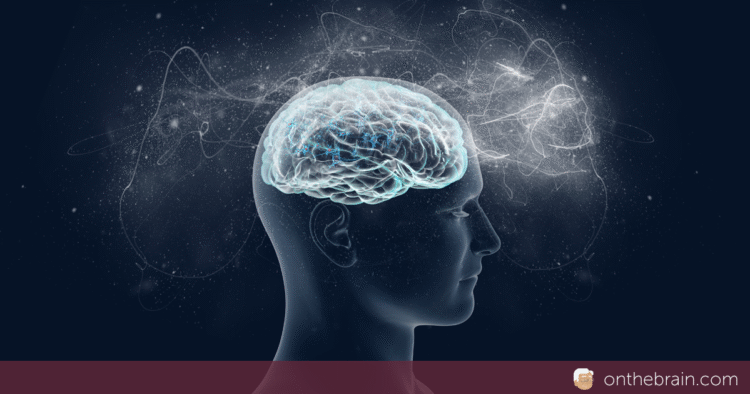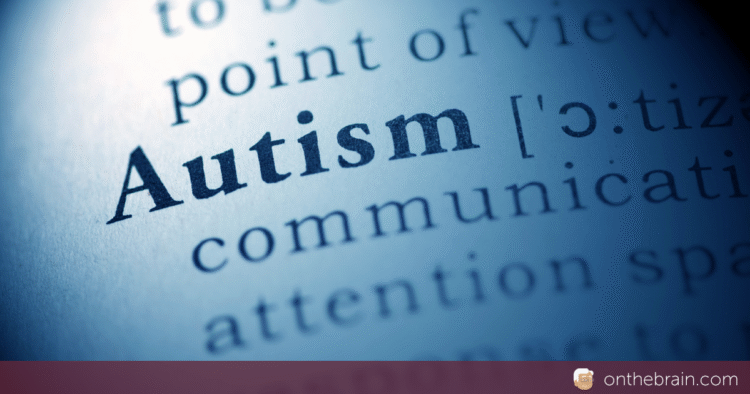Why science can be confusing, just another example
A provocative article in an Issue of the Proceedings of the National Academy of Sciences by Columbia researchers (Saxe, Malleret, et al.) described a study in which scientists documented the consequences of blocking neurogenesis (the birthing of new neurons) on maze-learning in mice. Since we already know that the magnitude of neurogenesis in this brain…









